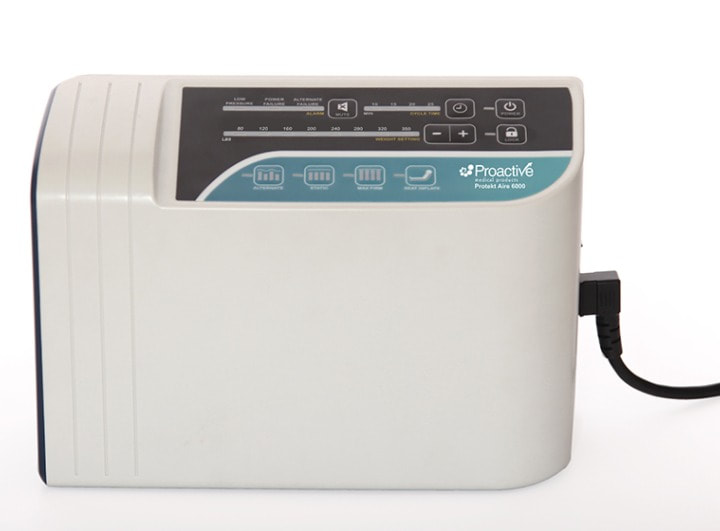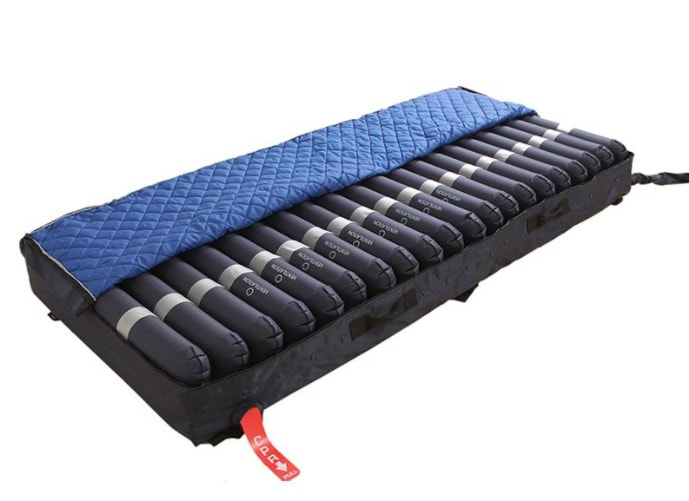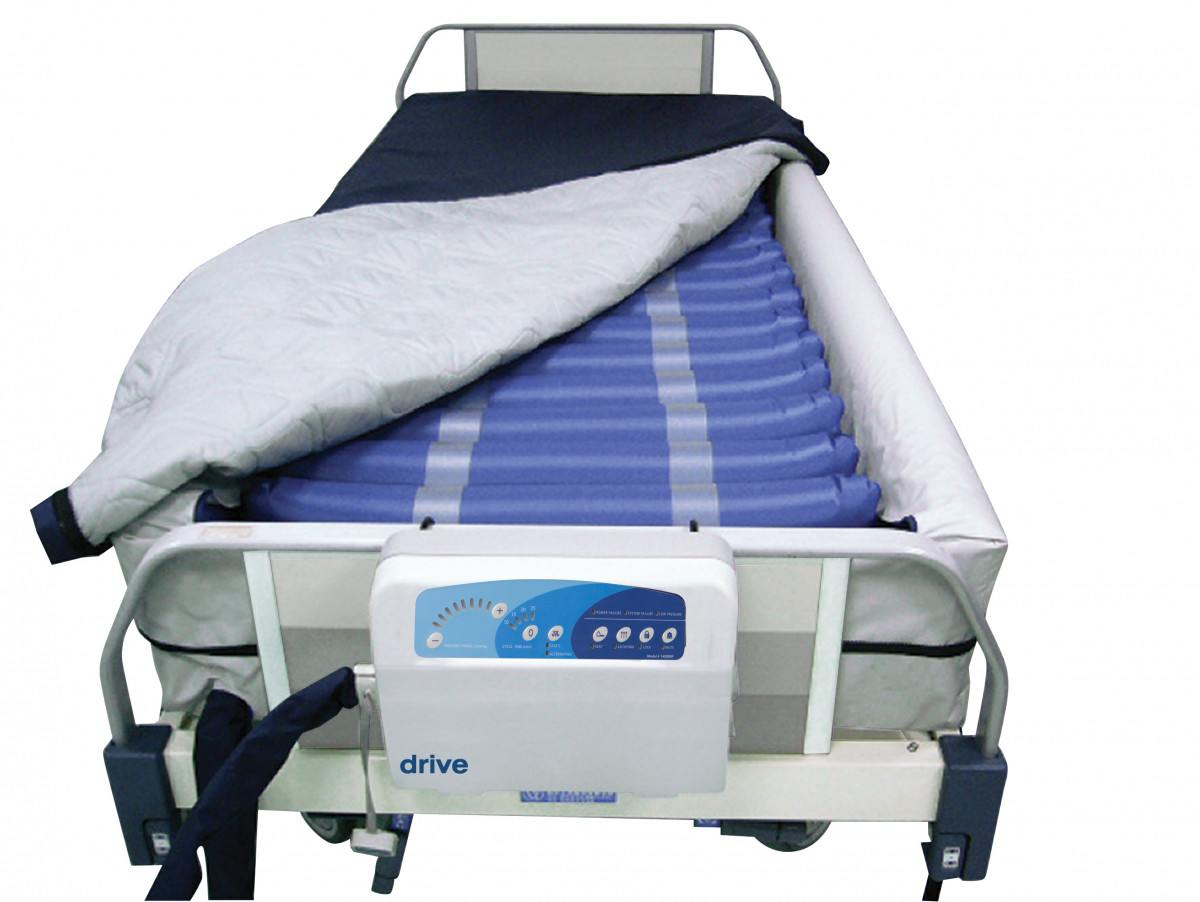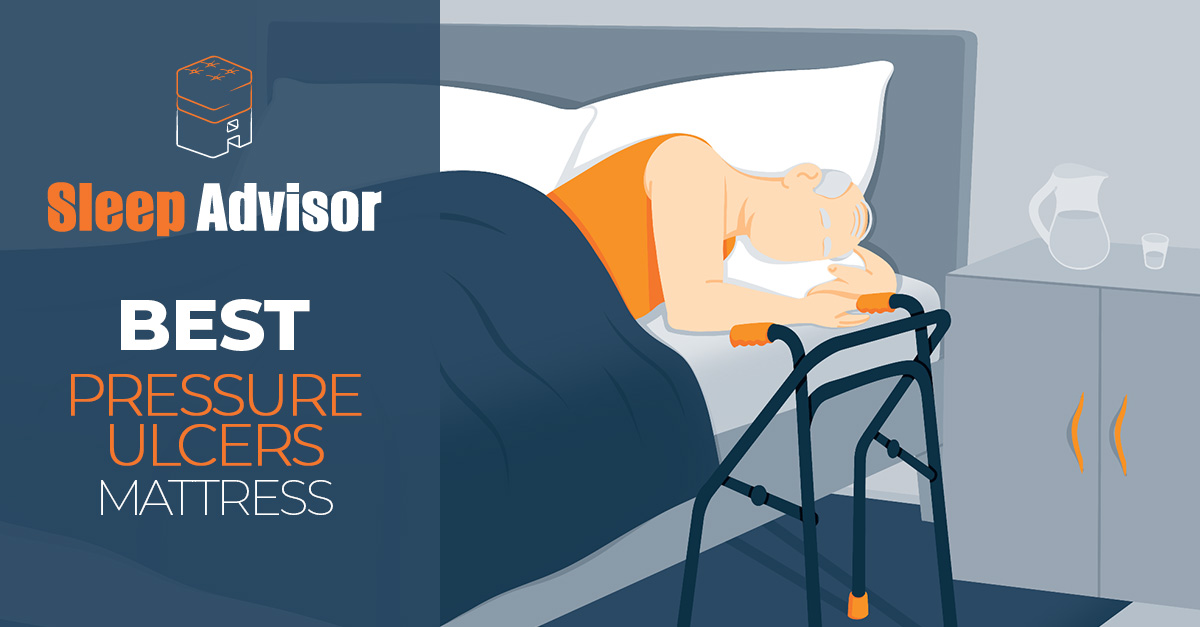Low air loss mattresses are a popular choice for individuals who need to spend extended periods of time in bed, as they provide pressure relief and help prevent pressure ulcers. However, like any other piece of equipment, they can experience issues that may require troubleshooting. In this article, we will discuss the most common problems that may arise with a low air loss mattress and how to solve them.1. Troubleshooting a Low Air Loss Mattress: Common Issues and Solutions
One of the most frustrating issues that can occur with a low air loss mattress is when it won't inflate. This could be due to a few different reasons. First, check the power supply and make sure it is connected properly. If the power supply is working, the issue may be with the pump. Check the air intake filter and make sure it is clean. If it is clogged, clean or replace it. If the pump still won't inflate the mattress, it may be a problem with the pump itself and it may need to be replaced.2. How to Fix a Low Air Loss Mattress That Won't Inflate
In order to properly troubleshoot any issues with a low air loss mattress, it's important to understand its components. The mattress is made up of multiple air chambers, a pump, and a control unit. The control unit allows you to adjust the firmness of the mattress and the air flow, while the pump is responsible for inflating and deflating the air chambers. Familiarizing yourself with these components can help identify the source of any problems.3. Understanding the Components of a Low Air Loss Mattress
The pump is a crucial component of a low air loss mattress, as it is responsible for providing the air flow necessary for pressure relief. If you are experiencing issues with the pump, such as it not turning on or not providing enough air flow, first check the power supply and make sure it is connected properly. Next, check the air intake filter and make sure it is clean. If the pump still isn't working properly, it may need to be replaced.4. Troubleshooting Guide for Low Air Loss Mattress Pumps
Proper maintenance is key to ensuring your low air loss mattress functions properly. This includes regularly cleaning the air intake filter, checking the power supply and connections, and inspecting the pump and air chambers for any damage. If you notice any issues, such as leaks or tears, address them immediately to prevent further damage.5. Tips for Maintaining and Troubleshooting a Low Air Loss Mattress
A common issue that can occur with low air loss mattresses is a leak in one of the air chambers. This can cause the mattress to lose air and not provide the necessary pressure relief. To troubleshoot a leak, first check the air chambers for any visible damage. If you find a hole or tear, use a patch kit to seal it. If the leak is not visible, use a soap and water solution to identify where the air is escaping and patch it accordingly.6. Troubleshooting a Leaking Low Air Loss Mattress
The firmness of a low air loss mattress can be adjusted using the control unit. If you notice that the mattress is too firm or too soft, try adjusting the air flow using the control unit. If the issue persists, check the air chambers for any damage or leaks that may be causing the imbalance in air flow.7. How to Adjust the Firmness of a Low Air Loss Mattress
Noise coming from the pump of a low air loss mattress can be disruptive and may indicate a problem. First, check the power supply and connections to make sure they are secure. Next, check the air intake filter and make sure it is clean. If the noise persists, the pump may need to be replaced.8. Troubleshooting a Noisy Low Air Loss Mattress Pump
One of the main benefits of a low air loss mattress is its ability to provide pressure relief and prevent pressure ulcers. By distributing the weight of the body evenly and reducing friction and shear, a low air loss mattress can help prevent the formation of pressure ulcers. It is important to properly maintain and troubleshoot any issues with the mattress to ensure it can continue to provide these benefits.9. Understanding the Benefits of a Low Air Loss Mattress for Pressure Ulcer Prevention
The control unit of a low air loss mattress allows you to adjust the firmness and air flow, making it an essential component. If you are experiencing issues with the control unit, such as it not responding or not adjusting the settings properly, first check the power supply and connections. If the issue continues, the control unit may need to be replaced. In conclusion, a low air loss mattress can provide numerous benefits for those who need to spend extended periods of time in bed. By understanding the components of the mattress and how to troubleshoot common issues, you can ensure it continues to function properly and provide the necessary pressure relief for optimal comfort and health.10. Troubleshooting a Low Air Loss Mattress Control Unit
How to Troubleshoot a Low Air Loss Mattress

What is a Low Air Loss Mattress?
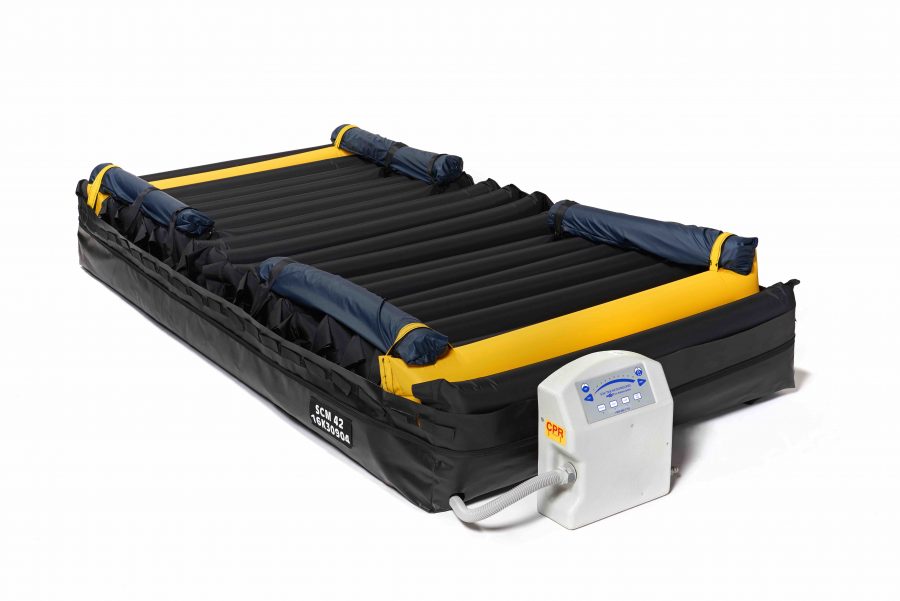 A low air loss mattress is a type of medical air mattress that is designed to provide a continuous flow of air to the patient's body, reducing the risk of pressure ulcers and promoting wound healing. It is commonly used in hospitals and long-term care facilities for patients who are bedridden or have limited mobility. However, like any other medical equipment, low air loss mattresses can experience problems and require troubleshooting. Here are some common issues that may arise and how to fix them.
A low air loss mattress is a type of medical air mattress that is designed to provide a continuous flow of air to the patient's body, reducing the risk of pressure ulcers and promoting wound healing. It is commonly used in hospitals and long-term care facilities for patients who are bedridden or have limited mobility. However, like any other medical equipment, low air loss mattresses can experience problems and require troubleshooting. Here are some common issues that may arise and how to fix them.
Problem #1: Loss of Air Pressure
 One of the most common issues with low air loss mattresses is a loss of air pressure. This can happen due to a variety of reasons, such as leaks in the air tubes, damaged air cells, or a malfunctioning pump. To troubleshoot this issue, start by checking all the air tubes and connections for any signs of damage. If any are found, they should be replaced immediately. Next, check the air cells for any punctures or tears. If there are any, they can be repaired using an air cell repair kit or replaced entirely. If all the components are in good condition, then the problem may lie with the pump. Make sure it is plugged in properly and functioning correctly.
One of the most common issues with low air loss mattresses is a loss of air pressure. This can happen due to a variety of reasons, such as leaks in the air tubes, damaged air cells, or a malfunctioning pump. To troubleshoot this issue, start by checking all the air tubes and connections for any signs of damage. If any are found, they should be replaced immediately. Next, check the air cells for any punctures or tears. If there are any, they can be repaired using an air cell repair kit or replaced entirely. If all the components are in good condition, then the problem may lie with the pump. Make sure it is plugged in properly and functioning correctly.
Problem #2: Uneven Air Distribution
 Another common issue with low air loss mattresses is uneven air distribution. This can cause discomfort for the patient and may result in pressure points. To fix this problem, start by adjusting the pressure settings on the pump. If that does not help, check the air cells for any blockages or obstructions. If there are any, they should be removed or cleaned. It is also essential to make sure that the mattress is properly inflated and that the patient is positioned correctly on the mattress.
Another common issue with low air loss mattresses is uneven air distribution. This can cause discomfort for the patient and may result in pressure points. To fix this problem, start by adjusting the pressure settings on the pump. If that does not help, check the air cells for any blockages or obstructions. If there are any, they should be removed or cleaned. It is also essential to make sure that the mattress is properly inflated and that the patient is positioned correctly on the mattress.
Problem #3: Noisy Pump
 A noisy pump can be a nuisance for both the patient and the caregiver. This can be caused by a loose connection or a malfunctioning pump. Start by checking all the connections and tightening them as needed. If the noise persists, then the pump may need to be replaced.
A noisy pump can be a nuisance for both the patient and the caregiver. This can be caused by a loose connection or a malfunctioning pump. Start by checking all the connections and tightening them as needed. If the noise persists, then the pump may need to be replaced.
Preventative Maintenance
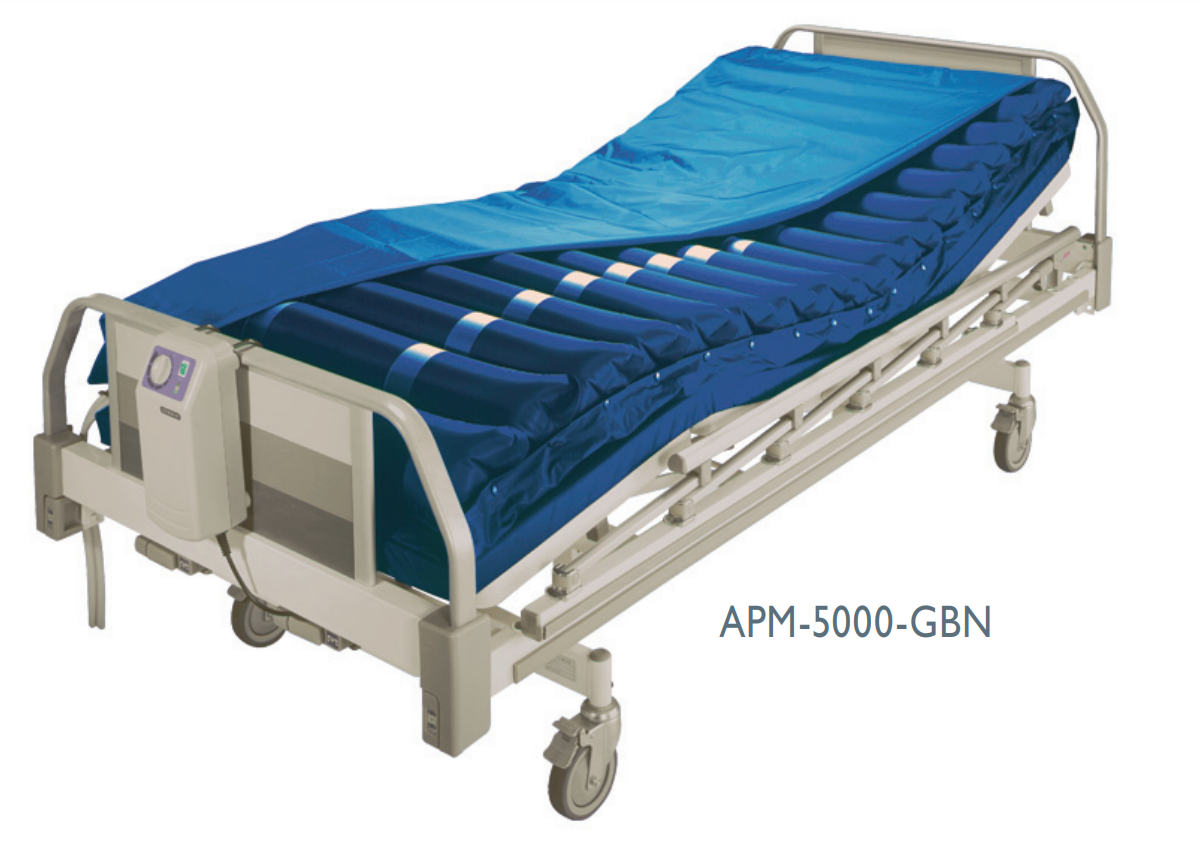 To avoid these common issues with low air loss mattresses, it is essential to perform regular maintenance. This includes checking the air cells and connections for any damage, cleaning the mattress regularly, and replacing any worn-out components. It is also crucial to follow the manufacturer's instructions for proper use and care of the mattress.
In conclusion, low air loss mattresses are a valuable tool in providing comfort and preventing pressure ulcers for patients who are bedridden or have limited mobility. However, like any other medical equipment, they can experience problems and require troubleshooting. By following these tips and performing regular maintenance, you can ensure your low air loss mattress functions properly and provides the best care for your patients.
To avoid these common issues with low air loss mattresses, it is essential to perform regular maintenance. This includes checking the air cells and connections for any damage, cleaning the mattress regularly, and replacing any worn-out components. It is also crucial to follow the manufacturer's instructions for proper use and care of the mattress.
In conclusion, low air loss mattresses are a valuable tool in providing comfort and preventing pressure ulcers for patients who are bedridden or have limited mobility. However, like any other medical equipment, they can experience problems and require troubleshooting. By following these tips and performing regular maintenance, you can ensure your low air loss mattress functions properly and provides the best care for your patients.















